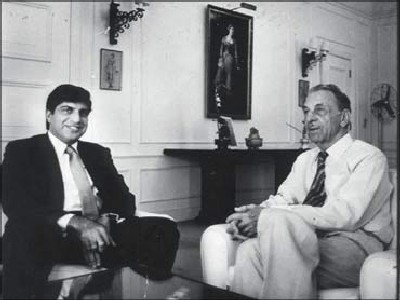In my previous post, we briefly discussed the separation of ownership from control in the sense that the controllers (managers) of a company are not its owners. However, what if a nation sells off it public and private assets to overseas companies? This has been happening at an alarming rate in the UK according to Will Hutton in this Guardian op-ed. One of the problems for Hutton is that British companies cannot compete with their global rivals because "the enemy of enterprise is the unowned, purposeless British company in thrall to myriad uncommitted, myopic shareholders". According to Hutton, Tata and BMW are successful "because they are family-controlled with long-term, committed owners who have a clear vision and purpose".
According to Robert Shiller , speaking at Davos, Bitcoin is a perfect example of a bubble - story here . Shiller sees Bitcoin as a backwards step in the evolution of money. George Selgin , a free banker, takes an opposing view - click here . Although he doesn't believe that Bitcoin is money, he sees its development as a fascinating turn in the evolution of money. In particular, he lauds the fact that Bitcoin production is constrained and cannot be infinite. There is a short video below where Bitcoin explain how it works.
